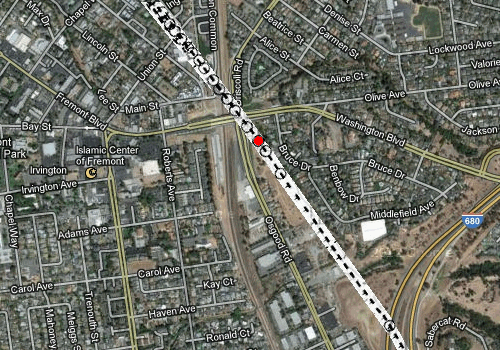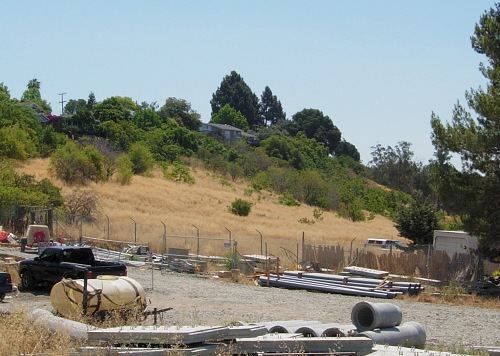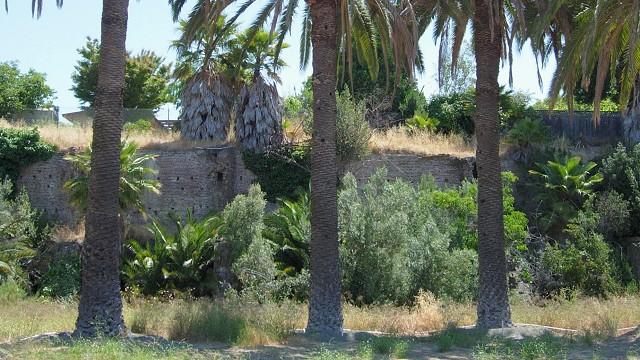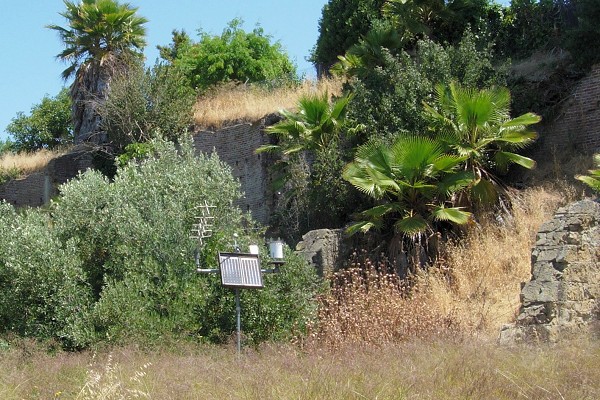In Fremont, construction is underway on the Warm Springs Extension of the BART light-rail system. Two new stations are in the plans, the first one being the "optional" Irvington Station at the intersection of Washington Boulevard and Osgood Road. It will be right next to the century-old ruins of the Gallegos Winery, where cultural history coincides, as it so often does in the Bay Area, with geological history.
What interests the geologist about the extension is that the rail line will cross the Hayward fault in two more places (BART already crosses the fault inside the tunnel between the Rockridge and Orinda stations). The Fremont Station, at the end of the line today, is just short of the fault. As you look south from the station, the fault comes from behind to the left and crosses to the right just across Walnut Avenue. Tule Pond, the little lake to your left, sits in a sag basin on the fault (learn more about them on the San Andreas Fault Trail across the Bay at Los Trancos Preserve).
The new track will cross the fault leftward, dive underground beneath Fremont's Central Park and re-emerge just north of the Irvington Station headed due south. It will cross the fault again, rightward this time, about where Washington Boulevard and Osgood Road meet. Here's the fault superimposed on a Google Maps image of the area.

The low hill on the east side of Osgood is most probably a pressure ridge, the opposite of a sag basin, that marks the fault just like the pressure ridge in Hayward. Here's how it looks a little south of the station site; the Gallegos Winery was dug into it.

The Hayward fault was attractive to builders before anyone understood faults. One reason is that faults often bring water to the surface; the other is that faults often build useful elevations in the ground. In Irvington, Juan Gallegos built a large state-of-the-art winemaking plant here in 1884 so that grapes could be loaded from the high ground in back and processed with the help of gravity. A rail spur served the front side, carrying thousands of barrels of excellent East Bay zinfandel to a ready market.

